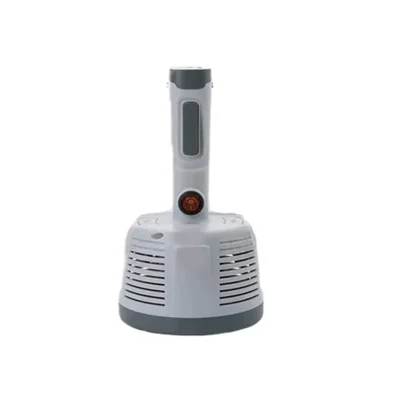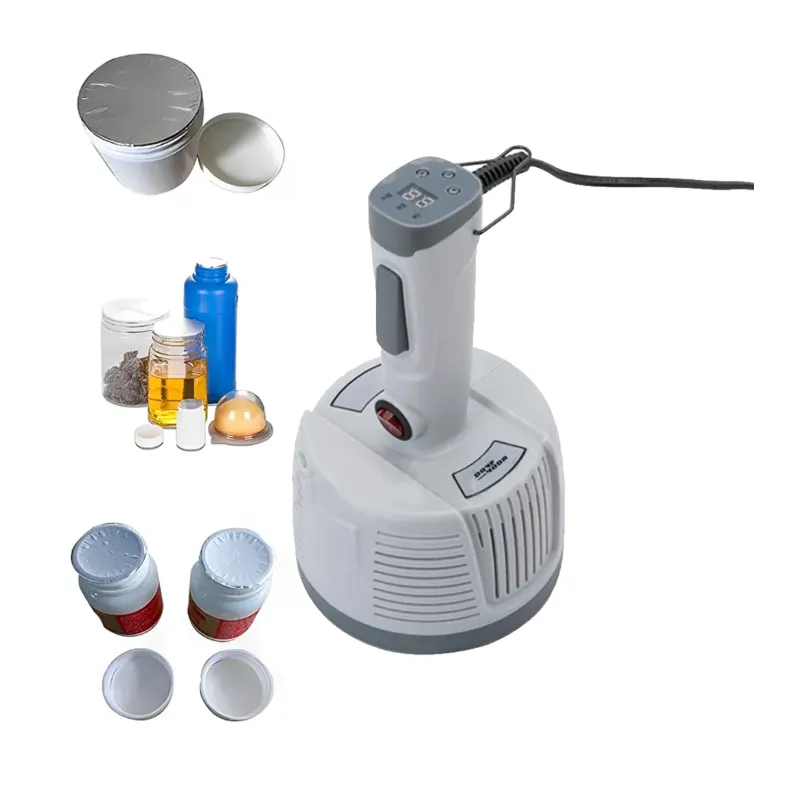- Farm & Garden
- Pumps & Motors
- Food Processing
- Workshop, DIY & MRO
- Lab & Measuring Tools

<
>
Brand: Generic (Imported)
Heavy Duty Manual Induction Sealer, 20 to 100 mm
SKU: SI-IS-20985
 12 people have bought this recently
12 people have bought this recently  Delivery By: Dec 21 - Dec 23
Delivery By: Dec 21 - Dec 23 





MRP : ₹9999 ₹7299
27% OFF!

 12 people have bought this recently
12 people have bought this recently  Delivery By: Dec 21 - Dec 23
Delivery By: Dec 21 - Dec 23 

Easy Return
& Refund
& Refund

Quality
Assurance
Assurance

Trusted
Delivery
Delivery

After Sales
Assistance
Assistance

Buyer
Protection
Protection
₹7299 (Including GST)
MRP : ₹9999
27% OFF!
Get Extra ₹109 OFF on Prepaid Orders
QTY :
-
1
+
Short Description
Heavy Duty Manual Induction Sealer
20 to 100 mm Sealing Dia
500W Power
Country of origin: China
Specifications
- Brand: Generic (Imported)
- Weight (Approx.) : 3.5 kg
- Body Material : Plastic
- Operation Grade : Manual
- Voltage : 220 V
- Frequency : 50/60 Hz
- Power : 500 W
- Sealing Diameter : 20 mm To 100 mm
- Capacity : 0-30 pcs/min
- Dimension (L x W x H) : 232 x 135 x 135 mm
Description
This Induction sealing machine is an essential machinery in a variety of sectors, providing a dependable technique of sealing containers to maintain the product's quality and life span. The process generates heat using electromagnetic induction, melting a layer of aluminum foil that sticks to the container's opening, providing a secure seal. This procedure is especially useful for protecting products against contamination, leakage, or deterioration.
Features
:- Non-Contact Sealing Technology : Induction sealing utilizes electromagnetic induction to create a seal without direct contact between the machine and the container. This feature enhances hygiene by minimizing contamination risks.
- Versatility in Container Types : Induction sealers can handle various types of containers, including plastic, glass, and metal, making them suitable for diverse applications across multiple industries.
- Compact Design Option : This model is designed to be portable or compact, making them suitable for small-scale operations or facilities with limited space.
- Energy Efficiency : This machine consume less energy, contributing to lower operational costs and reduced environmental impact.
Applications
:- Food and Beverage Industry : Induction sealing is crucial in the food and beverage sector for maintaining product freshness and safety. Common applications include Sauces and Condiments, Dairy Products, Beverages.
- Pharmaceutical Industry : In pharmaceuticals, induction sealing is vital for ensuring product integrity and safety. Applications includes Pill Bottles, Liquid Medications.
- Cosmetic Industry : The cosmetic sector employs induction sealing for various personal care products like Skincare Products, Hair Care Products.
- Chemical Industry : Induction sealing is also prevalent in the chemical industry for packaging hazardous materials like Cleaning Agents, Lubricants and Paints
Usage
:- Preparation : Ensure the machine is placed on a stable surface and connected to a power source. Check that the induction sealing head is clean and free of any debris.
- Adjusting Settings : Set the desired sealing parameters on the control panel, based on the material of the cap and container.
- Cap Placement : Place the filled and capped container under the induction sealing head. Ensure that the cap diameter is between 20 mm and 100 mm for optimal performance.
- Sealing Process : Activate the machine by pressing the start button. The induction heating will begin, creating a airtight seal as it heats the wad liner inside the cap.
- Completion : Once sealing is complete, wait for a moment before removing the container to allow it to cool down slightly.
Maintenance :
- Regular Cleaning : Ensure the sealing area is kept clean and free from dust and debris. Use a soft cloth to wipe down the machine after each use, focusing on the sealing head and surrounding areas.
- Electrical Safety Checks : Inspect electrical connections for any loose wires or corrosion. Ensure that all safety features are functioning correctly.

Select attribute












